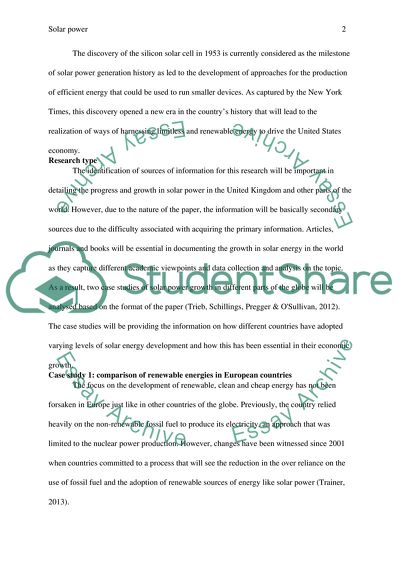Cite this document
(Analysis of Solar Power Assignment Example | Topics and Well Written Essays - 2500 words, n.d.)
Analysis of Solar Power Assignment Example | Topics and Well Written Essays - 2500 words. Retrieved from https://studentshare.org/environmental-studies/1831116-renewable-energy-solar-power
Analysis of Solar Power Assignment Example | Topics and Well Written Essays - 2500 words. Retrieved from https://studentshare.org/environmental-studies/1831116-renewable-energy-solar-power
(Analysis of Solar Power Assignment Example | Topics and Well Written Essays - 2500 Words)
Analysis of Solar Power Assignment Example | Topics and Well Written Essays - 2500 Words. https://studentshare.org/environmental-studies/1831116-renewable-energy-solar-power.
Analysis of Solar Power Assignment Example | Topics and Well Written Essays - 2500 Words. https://studentshare.org/environmental-studies/1831116-renewable-energy-solar-power.
“Analysis of Solar Power Assignment Example | Topics and Well Written Essays - 2500 Words”, n.d. https://studentshare.org/environmental-studies/1831116-renewable-energy-solar-power.


